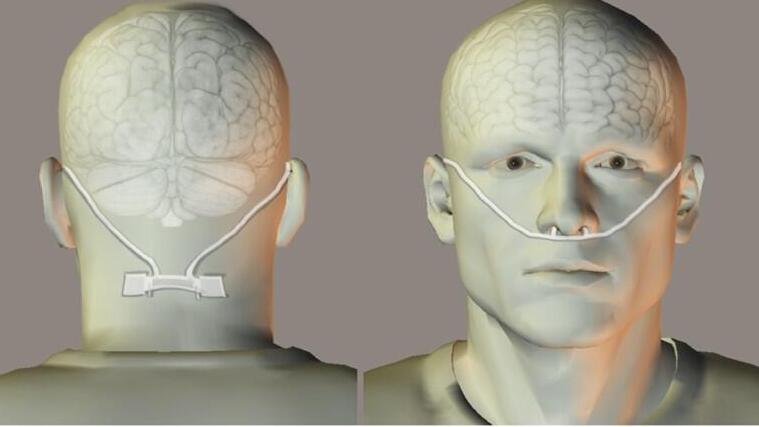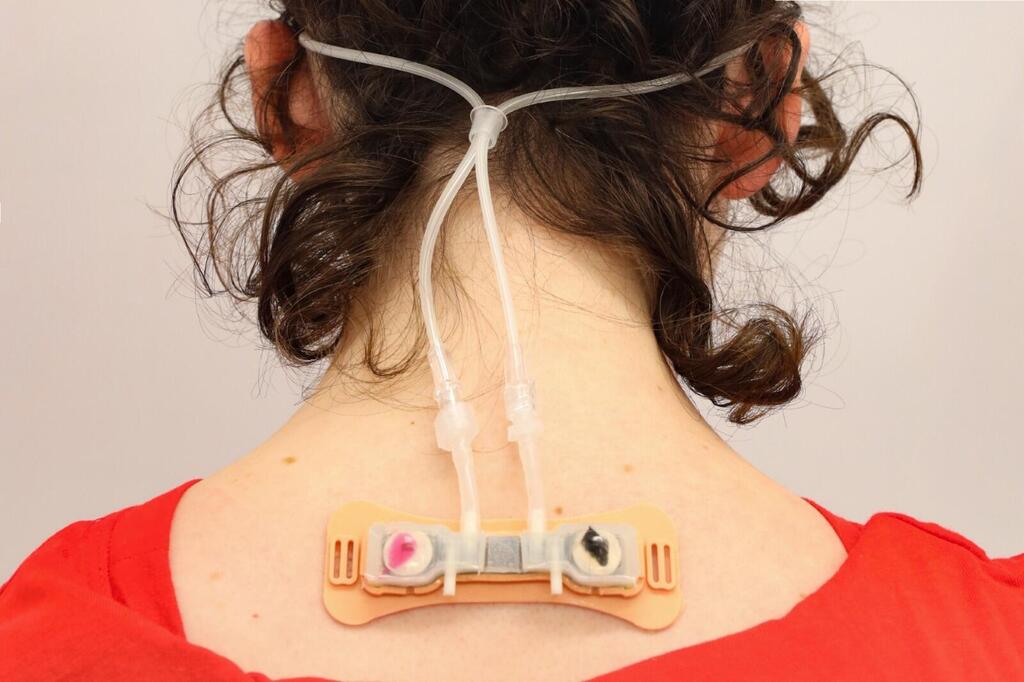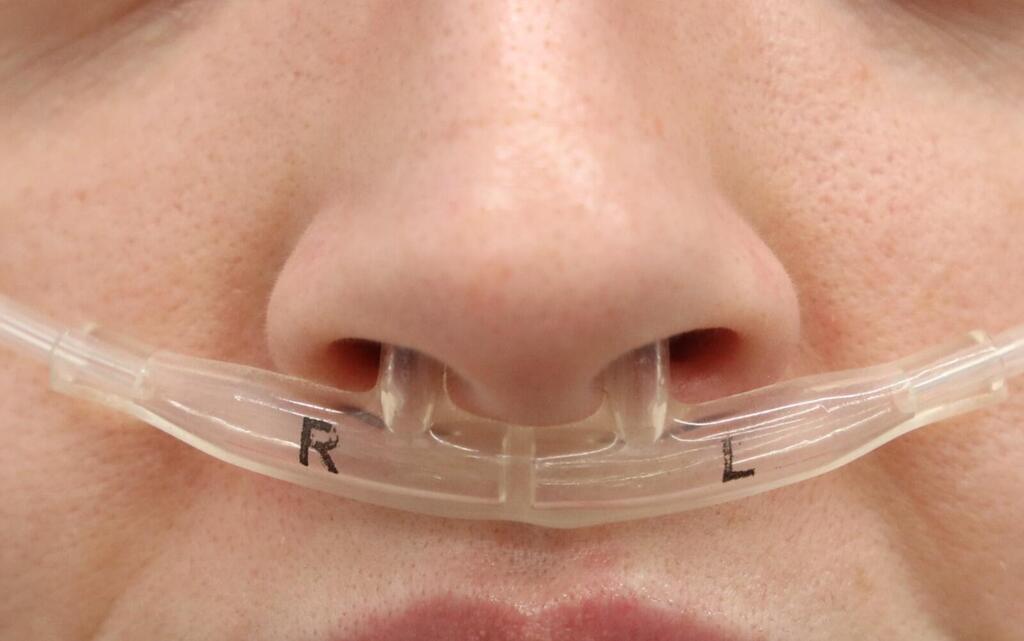Getting your Trinity Audio player ready...
Parkinson's disease is a neurodegenerative disease without a known cure or causes. It is the second most common neurological disease in the world after Alzheimer's disease, with about 10 million people affected worldwide.
Parkinson's disease mainly affects the movement of those suffering from it, and is manifested in tremors, stiffness, slow movement and balance problems. However, this disease may also affect another vital aspect of health, breathing patterns. Understanding how these patterns change in people with Parkinson's can open new horizons for diagnosis and treatment.
In a new study by the Weizmann Institute of Science in collaboration with the Ichilov Medical Center, conducted by Dr. Michal Andelman-Gor, Dr. Kobi Snitz, Professor Tanya Gurevich and Professor Noam Sobel, and which was recently published in the Communications Medicine journal, specific changes in breathing were found in Parkinson's disease patients. Therefore, the researchers speculate that these may help in the early diagnosis of the disease in the future.
5 View gallery


Dr. Michal Andelman-Gur, Prof. Tanya Gurevich, Prof. Noam Sobel
(Photo: Weizmann Institute of Science )
The timing of inhalation and exhalation
Breathing is an automatic action that is often taken for granted. Breathing involves a delicate balance between the chest muscles and neural pathways and respiratory centers in the brain that regulate the timing of inhalation and exhalation. In addition, there is more and more research evidence that the way we breathe affects our brain function.
In Parkinson's disease, the parts of the brain that control breathing are among the first to be damaged and degenerate, years before movement-related symptoms appear. This connection led the researchers to hypothesize that people with Parkinson's disease may change their breathing patterns, and in particular the timing of inhalation and exhalation, which could reflect the underlying change in their health.
Breathing during activity
To investigate this idea, and in collaboration with the movement disorders unit at the Ichilov Medical Center in Tel Aviv, Prof. Tanya Gurevich, conducted a study with 28 subjects diagnosed with Parkinson's disease. The patients were mainly in a relatively early stage of the disease, and 33 healthy subjects served as a group criticism.
Study participants wore a small, wearable electronic device that was taped to the back of their neck and continuously monitored airflow through their nose for 24 hours. The innovative device was specifically developed in the lab for this type of experiments. The subjects were instructed to continue their normal lives, so the device recorded how their breathing changed during their normal daily activities, providing a realistic picture of their breathing patterns.
In addition, all subjects underwent a complete neurological examination, including assessment of the severity of Parkinson's disease. Then, the researchers analyzed the breathing patterns collected, distinguishing between consciousness and sleep.
Longer breaths among Parkinson's patients
The study found that, while awake, people with Parkinson's disease are characterized by significantly different breathing patterns compared to the healthy control group. Specifically, their ambitions tend to be longer and less variable. That is, people with Parkinson's disease take longer, more steady breaths, while people without the disease have a more dynamic breathing pattern with greater fluctuations in breathing rate. These changes are related to respiratory centers in the brain that are damaged in Parkinson's disease.
Implications for early diagnosis
The most exciting aspect of the research, perhaps, is its potential for diagnosing the disease. It was found that by analyzing only 30 minutes of the person's breathing data, and with the help of machine learning computational tools, subjects with Parkinson's disease can be identified with a high accuracy rate of 87%. This means that breathing patterns can serve as a valuable tool for the early detection of Parkinson's disease, which can help in effective and optimal management of the disease.
Furthermore, a correlation was found between changes in breathing patterns, and specifically how much the person holds their breath when inhaling and exhaling, and the severity of Parkinson's disease symptoms, which is measured by a clinical standard scale called MDS-UPDRS (Movement Disorder Society - Unified Parkinson's Disease Rating Scale). This indicates that breathing patterns can help identify the disease and provide insights into its progression in the person suffering from it.
It is noteworthy that this is a simple, non-invasive, painless and inexpensive tool that can be widely used in the clinic, including in remote locations around the world with limited access to advanced and expensive technology.
Why is this important?
For those dealing with Parkinson's disease, early diagnosis and tailored treatments can significantly improve the quality of life. Recently, there has been research progress towards the development of treatments for secondary diseases. These treatments can slow down or even stop the progression of the disease. However, when a person is diagnosed with Parkinson's disease based on movement changes, many brain cells in the area responsible for movement have already been damaged.
Potentially, not only will this enable us to detect Parkinson's, but also to predict the onset of the disease. This is the critical leap in this disease's research.
Early diagnosis may change this scenario, and allow medical interventions before this injury occurs. Furthermore, understanding the relationship between breathing and brain health may have broader implications beyond Parkinson's disease, in a way that may raise insights about other conditions that affect brain function (such as Alzheimer's), and pave the way for more comprehensive and inclusive approaches to the treatment and management of neurological diseases.
A new breath of hope
The findings emerging from the study suggest changes in breathing patterns at a relatively early stage in Parkinson's disease. However, for these findings to have real diagnostic value, the breathing patterns in undiagnosed Parkinson's patients must be tested. Potentially, not only will this enable us to detect Parkinson's, but also to predict the onset of the disease. This is the critical leap in this disease's research.
We will end with a question: Can an exercise program, whose goal is to improve breathing patterns that are affected by Parkinson's disease, help delay the progression of the disease in the future?
- This article was written by Michal Andelman-Gur, Kobi Snitz, Danielle Honigstein, Aharon Weissbrod, Timna Soroka, Aharon Ravia, Lior Gorodisky, Liron Pinchover, Adi Ezra, Neomi Hezi, Tanya Gurevich, Noam Sobel from the Weizmann Institute of Science.
Get the Ynetnews app on your smartphone: Google Play: https://bit.ly/4eJ37pE | Apple App Store: https://bit.ly/3ZL7iNv





